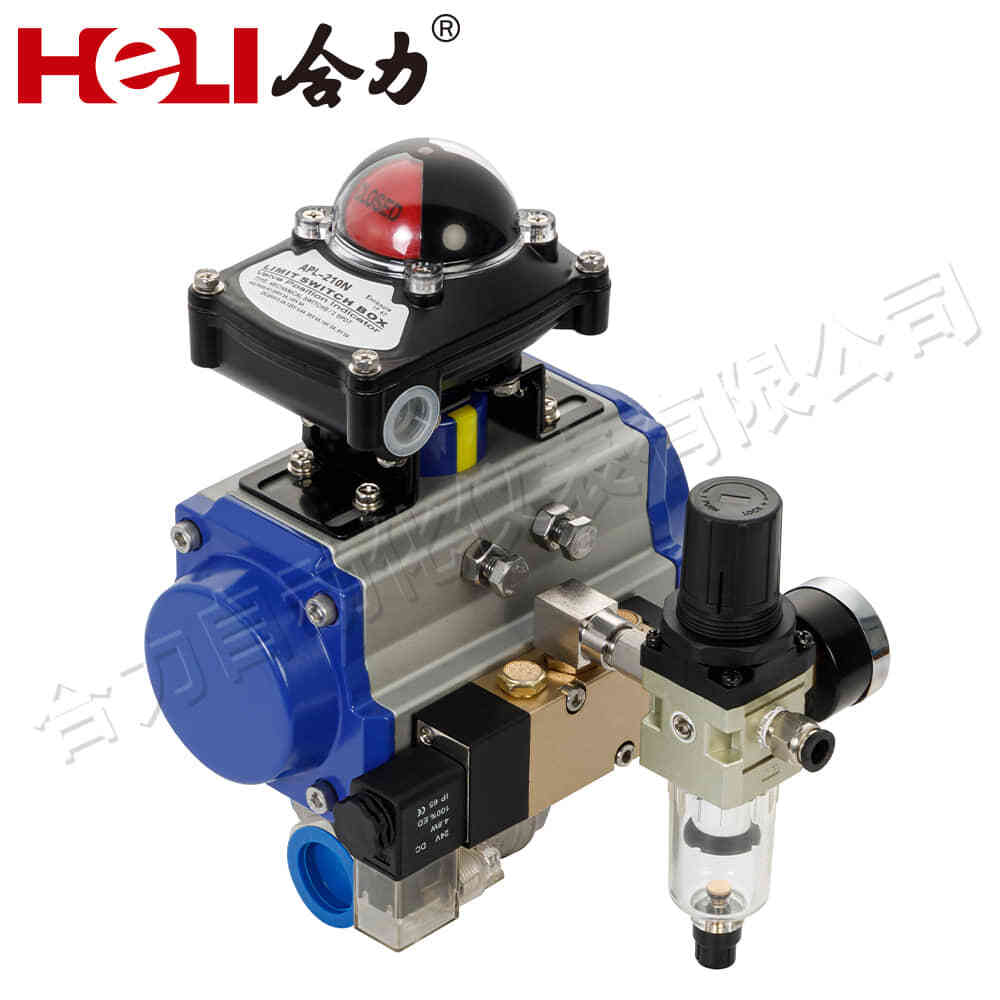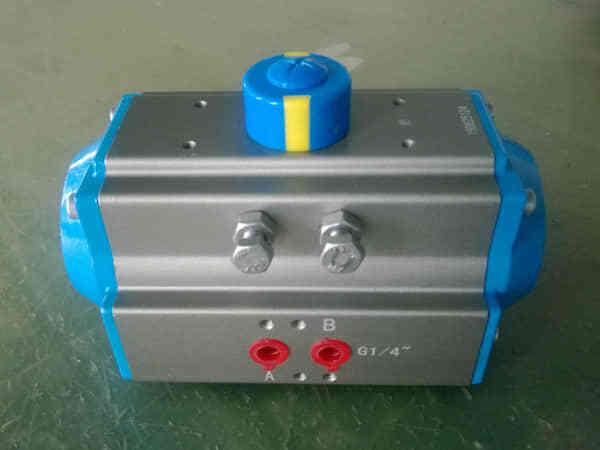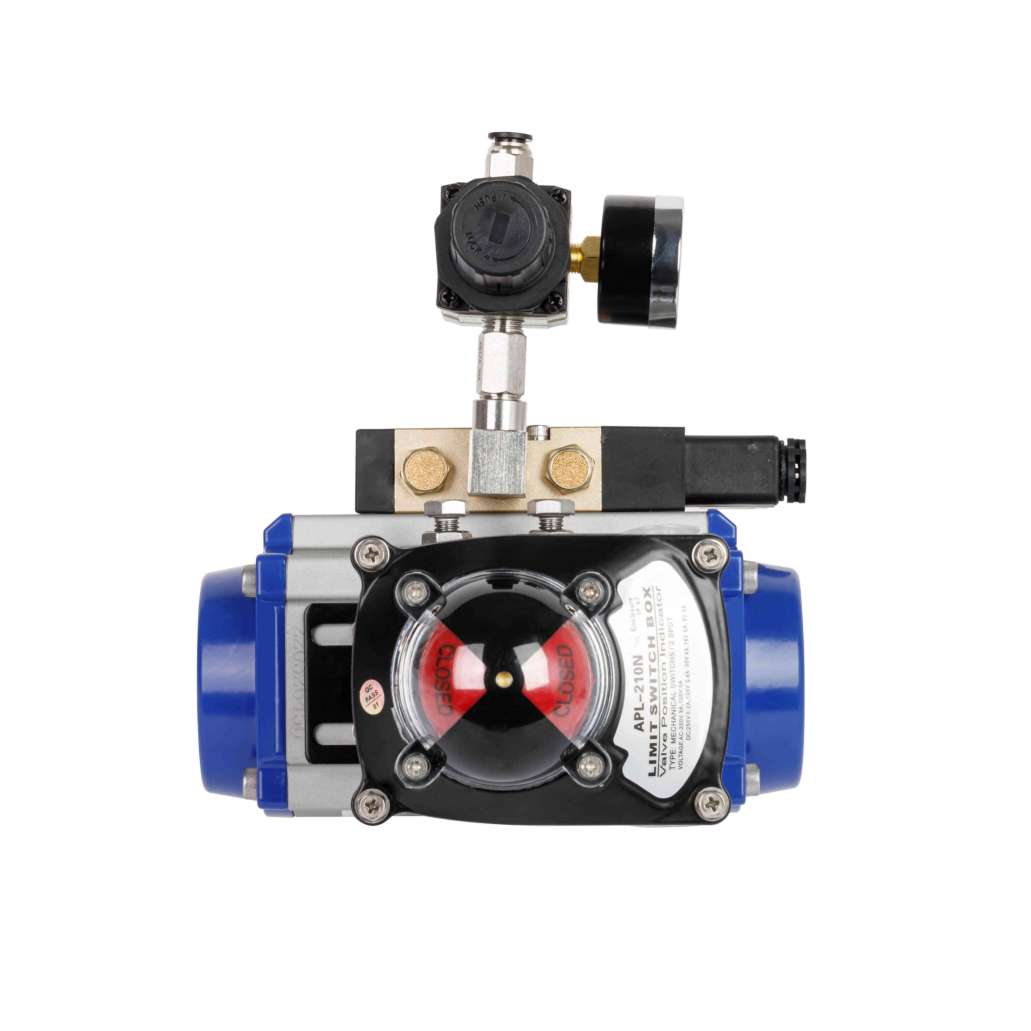
Pneumatic actuators are essential components in various automated systems, providing motion control through compressed air. These devices are widely used in industrial, manufacturing, and mechanical applications to perform tasks ranging from simple valve control to complex robotic movements. With their fast response time, simplicity, and cost-effectiveness, pneumatic actuators have become a go-to solution for many industries. In this article, we explore the basic principles, types, applications, and advantages of pneumatic actuators, as well as some of the challenges they present.

Working Principle

